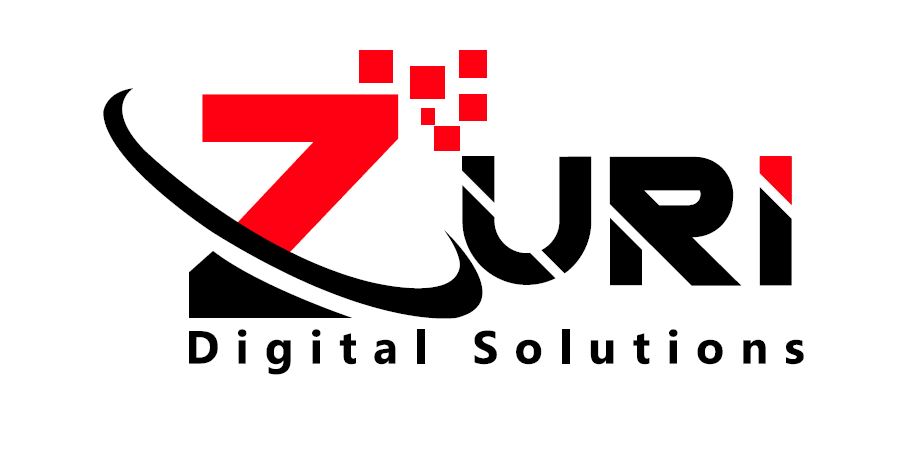The Power of Ownership: How Taking Initiative Drives Organizational Growth
Ownership at work has become increasingly crucial in today’s work environment. One characteristic of a good workplace culture is employees and employers taking ownership of their roles and responsibilities. It simply means that the success of an organization will majorly depend on the decisions of leaders and the teams they lead.
Netflix is one of the best real-life examples of successful implementation of ownership at work. It has a built ownership culture on the principle of freedom and responsibility: Netflix trusts its employees to make decisions and take ownership of their work. For instance, it encourages decision-making by employees and open communication. Ownership has been a massive part of Netflix’s success.
Let’s explore the concept of ownership and its potential to drive organizational growth.
What is Ownership at Work?
The concept of ownership at work entails a sense of responsibility, accountability, and taking initiative. It means acknowledging that one is responsible for one’s work and results. Also, one has to be accountable for their actions. Above all, one ought to take the initiative to go beyond one’s responsibilities, seek opportunities, and contribute towards the success of your team and organization. Taking ownership means being accountable, solution-oriented, proactive, and committed to continuous improvement.
You’re probably wondering why ownership matters to employers and employees. Ownership eliminates the traditional transactional relationship between employers and employees, whereby employers focus on compensating employees to fulfill their assigned roles. As outlined above, there is a mindset shift from “company’s work” to “my work.” There is a need to create a sense of ownership among employees, and employers need to create an environment that fosters the same.
When an organization has a culture of ownership, employees and their leaders tend to have a different level of commitment and passion toward their work. There is also increased productivity, job satisfaction, improved employee engagement, etc.
How Ownership Drives Organizational Growth
Ownership is a powerful tool in the workplace; if well implemented, it has the power/potential to drive organizational growth in different ways, as discussed below.
- Improved decision-making and self-confidence
Ownership in the workplace gives individuals a sense of responsibility and control over their roles, encouraging them to make decisions and take actions on their own. As a result, it helps them improve their decision-making process and cultivate/raise their self-confidence. With that, there is a higher chance for employees to make more informed decisions that benefit the organization. Also, there is more efficiency in how people work in the organization since they don’t always depend on their leaders to do some things.
- Increased innovation and problem-solving
Employees who take ownership are more likely to be proactive and actively contribute innovative ideas to address certain organizational problems. It simply means that employees can take ownership of a problem and are motivated to work towards finding a creative and effective solution. More importantly, employees feel more connected to their work. Consequently, this drives innovations within an organization.
- Encourages professional development
There is a high likelihood that employees who embrace an ownership mindset will continuously learn and seek opportunities for self-improvement, upskilling, and career advancement. It also encourages employees to take on additional responsibilities significant to their professional growth. More importantly, ownership allows employees to nurture their leadership skills.
- Enhances relationships at work and fosters teamwork
In organizations where ownership culture is strong, employees are supportive of each other and efficiently work together to achieve a shared goal. Secondly, ownership helps strengthen the relationship between employees and managers. Also, ownership encourages accountability and effective communication, which are critical elements for establishing and maintaining relationships in the workplace.
- Boosts organizational culture
Ownership has the potential to shape part of an organizational culture. It promotes a culture of open communication, collaboration, mutual respect, trust, and a sense of purpose among team members. It also fosters a commitment to the organization’s goals, mission, and vision, creating a unified and cohesive culture. Lastly, employee takes ownership of their work; therefore, there is reduced micromanagement.
- Leads to more fulfilled, motivated, and engaged workforce and a low employee turnover rate
One significant benefit of ownership in an organization is having more fulfilled, motivated, and engaged employees. With that, achieving great productivity and objectives in an organization is easy. The above benefits also imply that there will be a reduced employee turnover rate, and it is crucial for an organization.
Bottom line
Nurturing an organization’s ownership culture is quite important and beneficial to employees and employers. However, it’s worth noting that a culture of ownership is most effective when it starts at the top; leadership is pivotal in promoting ownership in an organization. When CEOs, CTOs, and HR managers, among other leaders, take ownership, it’s easy for the rest of the teams they led to emulate their actions. More importantly, they should set clear expectations for their team members.
It is also important to continually remind employees that their contributions and work are valued and essential in driving an organization’s success. This is easily achieved through employee recognition and rewards. Another practical approach is to provide growth opportunities. Frequent and open communication helps establish ownership in organizations.
Employees also have a role to play to take ownership at work. For instance, they need to take initiative (be proactive) and collaborate with their team members. Employees can take ownership by having a forward-thinking attitude, offering solutions to problems, asking for feedback, and embracing continuous learning.

























1 Comment
[…] clindamicina 150mg[…]
clindamicina 150mg
Comments are closed.